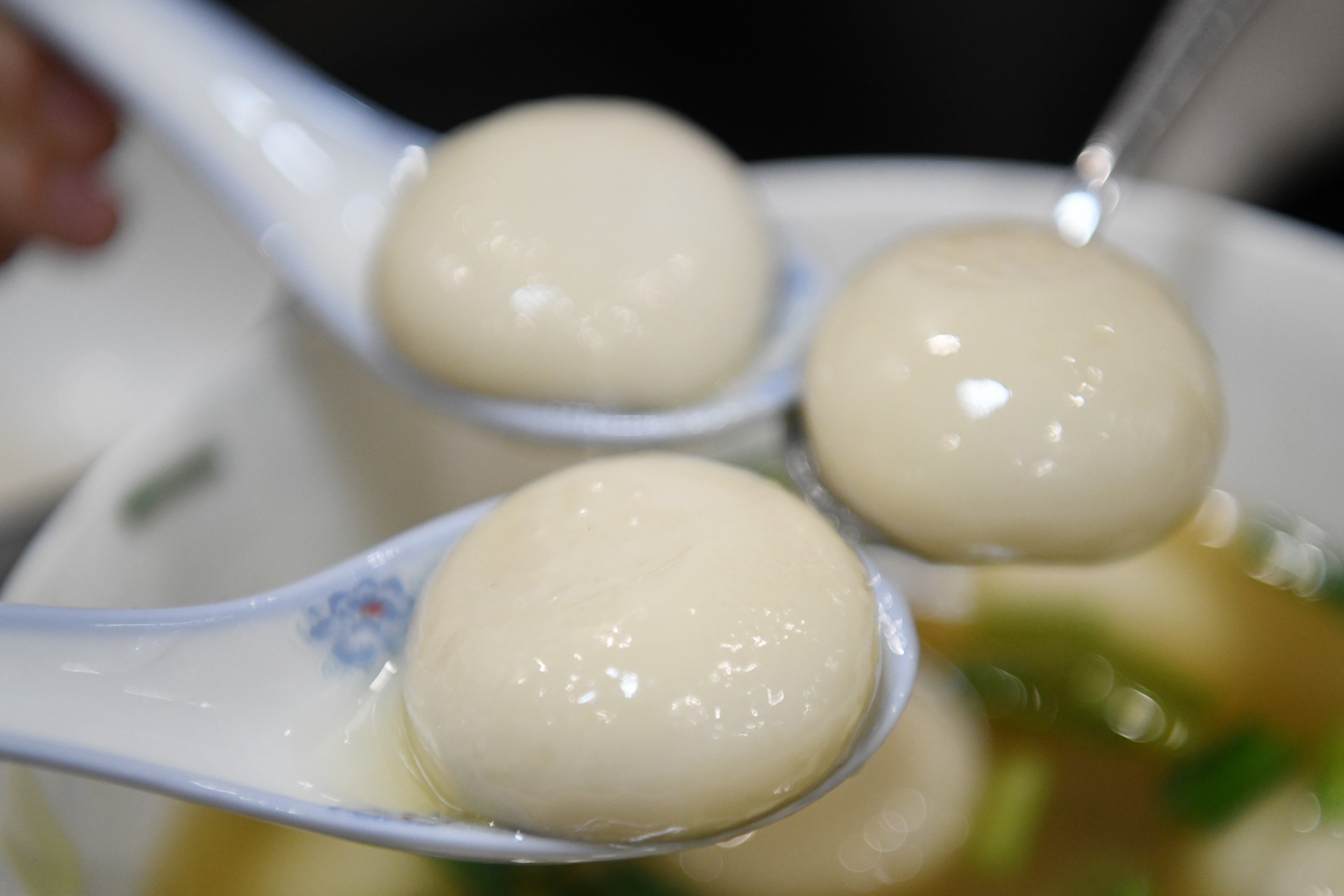Tangyuan (glutinous rice balls) are the most distinctive food of the Lantern Festival, symbolizing the meaning of reunion. As the Lantern Festival is approaching, how can we enjoy Tangyuan in a healthy way?
Professor Chen Chaogang, director of the Clinical Nutrition Department of Sun Yat-sen Memorial Hospital of Sun Yat-sen University, provides residents with tips for eating Tangyuan.

(Photo: Nanfang Daily)
Although small, Tangyuan has a high caloric density
In terms of nutritional value, the outer layer of Tangyuan mainly contains glutinous rice starch and sugar. The nutritional value of its fillings varies greatly depending on the raw materials. Common sesame and peanut fillings are nuts, have high fat content, and are rich in vitamins and minerals. The main nutrients of red bean paste fillings are sugar and oil. Some glutinous rice balls are stuffed with meat, bean filling, or custard filling, and so on.
Even though Tangyuan is small, its caloric density is very high, generally about 250 kcal/100 grams. The outer layer of Tangyuan and its fillings contain higher amounts of sugar and fat, but the calorie content of Tangyuan with different fillings varies greatly. 100 grams of Tangyuan stuffed with black sesame seeds has 311 kcal. One medium-sized Tangyuan weighs 20g, and three black sesame-filled Tangyuan contain 187 calories, which is equivalent to half a medium-sized bowl of rice.
It is not advisable to eat more than 6-8 Tangyuan at one time, preferably during breakfast or in the morning. Professor Chen suggests having Tangyuan with vegetables and fruits such as apples and oranges, not only making them more delicious but also achieving a more nutritionally balanced meal.
During the Lantern Festival, when family and friends get together, it will help burn calories and avoid excessive calorie intake for people to enjoy the lanterns, go for a walk, and do exercise after eating Tangyuan.
People with acute, chronic diseases or digestive insufficiency should be selective when consuming Tangyuan
However, those with acute, chronic diseases or digestive insufficiency should control the number of Tangyuan according to their condition and choose appropriate varieties of Tangyuan to avoid exacerbating the condition.
People with obesity: avoid fried Tangyuan and choose oil-free and low-fat ones made from vegetables. Strictly control the amount of Tangyuan each time within 6-8 pieces, and appropriately reduce the amount of staple food.
People with high blood sugar: try to avoid Tangyuan made of glutinous rice and added sugar. You can choose the vegetable Tangyuan without added sugar. Estimate the calories and reduce the amount of staple food corresponding to those calories.
People with pancreatitis: try to avoid nuts and high-fat, fried Tangyuan. The amount should also be controlled within 6-8 pieces.
People with high blood pressure and chronic kidney disease: try to avoid high-salt and salty Tangyuan.
Patients with gastroesophageal reflux disease or gastritis: avoid eating cold Tangyuan. The glutinous rice starch in cold Tangyuan is harder to digest than in warm ones. The amount of Tangyuan eaten each time should be controlled within 6-8 pieces.
Children and the elderly: in case of throat congestion, try to avoid talking or playing while eating. Choose smaller Tangyuan and chew them slowly.
Author | Hannah
Editor | Nan, Abby, James
















